India, a land of diverse cultures, stunning landscapes, and rich history, is a dream destination for many travelers. However, for first-time visitors, navigating through this vast country can be overwhelming. This India travel tips guide aims to equip you with essential tips for visiting India, ensuring a smooth and enriching experience. From packing tips for travel to understanding cultural etiquette, here’s everything you need to know before traveling to India.
1. Planning Your India Tour
Before embarking on your journey, careful planning is key. Consider these factors:
-
Choosing the Right Season:
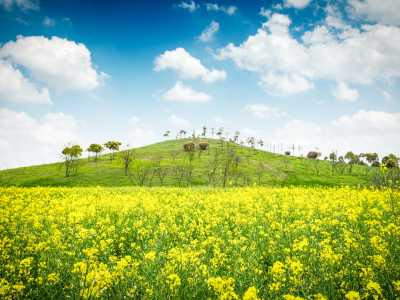
India has varied climatic zones. The best time to visit most regions is between October and March when the weather is pleasant. Summers (April to June) can be extremely hot, while monsoons (July to September) bring heavy rains in many parts of the country.
-
Selecting Your Destinations:

India is massive! Prioritize must-visit places based on your interests—whether it’s the Golden Triangle (Delhi, Agra, Jaipur), Kerala’s backwaters, the beaches of Goa, the spiritual retreats of Rishikesh, or the scenic landscapes of the Himalayas.
-
Booking India Tour Packages:

If you prefer hassle-free travel, consider India tour packages that cover accommodation, transport, and sightseeing. These packages cater to different budgets and can include guided tours, which are beneficial for first-time visitors.
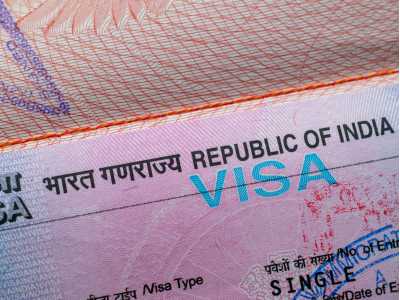
Most travelers need a visa. Opt for an e-Visa for convenience, but ensure you apply well in advance.

Consider purchasing travel insurance that covers medical emergencies, lost luggage, and trip cancellations.
2. Packing Tips for Travel to India
Packing smartly can make your India travel experience more comfortable:

Lightweight, breathable clothes are ideal for most regions. However, if visiting during winter or heading to the mountains, pack warm layers. Women should carry scarves or shawls for visiting temples and covering shoulders when needed.

Comfortable walking shoes are a must as you’ll be exploring a lot. Sandals or flip-flops are useful for beach destinations.

Carry a basic first-aid kit, prescribed medicines, mosquito repellent, and hand sanitizer. Probiotics can also help your stomach adjust to local food.
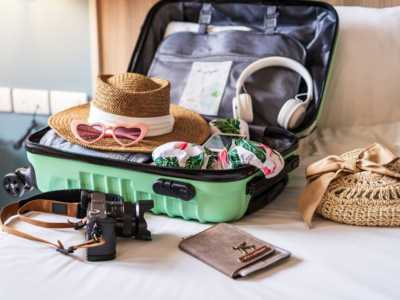
A power adapter, a reusable water bottle with a filter, a sturdy backpack, and a padlock for securing your belongings.
-
Cultural Considerations:
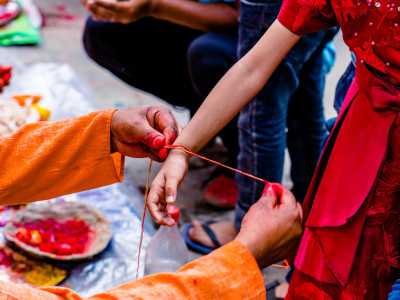
While western clothing is acceptable in most places, dressing modestly is advised, especially in rural areas and religious sites.
3. Things to Know Before Traveling to India
Understanding cultural norms and travel logistics can help avoid surprises:

Respect local traditions—dress modestly, especially in temples, and avoid public displays of affection. When greeting locals, a “Namaste” with hands folded is appreciated.

India primarily operates on cash, but digital payments (UPI, Google Pay, Paytm) are widely accepted. Always keep some local currency (INR) handy for smaller transactions.

While India is generally safe, stay alert in crowded places and avoid isolated areas at night. Keep your valuables secure and be mindful of pickpockets.

Stick to bottled or filtered water and eat at reputable restaurants to avoid foodborne illnesses. If trying street food, opt for vendors with high turnover and cooked food.
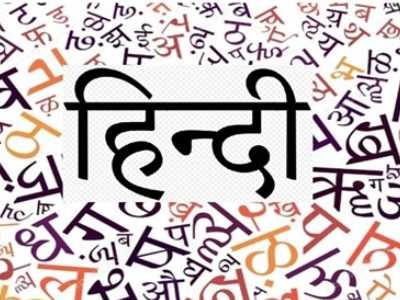
While English is widely spoken in tourist areas, learning a few Hindi phrases (or the regional language of your destination) can be helpful.
4. Travel Tips for Long Flights to India
Traveling to India usually involves long-haul flights. Here’s how to stay comfortable:

Drink plenty of water to avoid dehydration, but avoid excessive caffeine and alcohol.

Stretch or walk occasionally to prevent stiffness and deep vein thrombosis.

Try to sync with India’s time zone before landing to minimize jet lag.
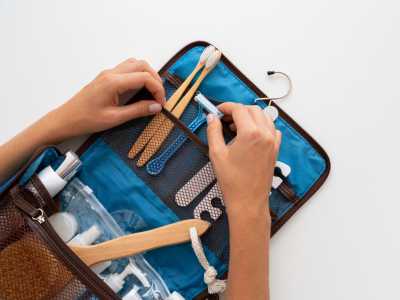
Neck pillows, eye masks, compression socks, noise-canceling headphones, and a good book or entertainment to pass the time.

If you have dietary restrictions, pre-book your meals accordingly.
5. Navigating Transportation in India
India offers various transport options, each with its pros and cons:

A great way to explore, but book tickets in advance through IRCTC. Opt for AC class for comfort and security.

Use apps like Ola and Uber for reliable rides. For longer distances, consider booking a private driver.

Negotiate fares before hopping in or insist on the meter being used.
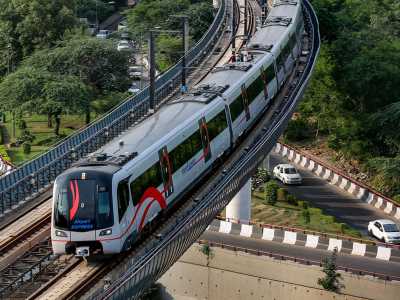
Metro systems in cities like Delhi, Mumbai, and Bengaluru are efficient and budget-friendly.
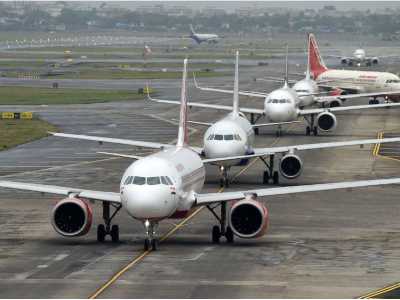
If traveling across states, domestic airlines like Indigo, Air India, and Vistara offer frequent and affordable flights.
6. Accommodation Options in India
Your choice of stay depends on your budget and preferences:

India boasts world-class hotels offering lavish amenities.

Heritage homes and boutique hotels provide a unique and personalized experience.
-
Budget Hostels & Guesthouses:
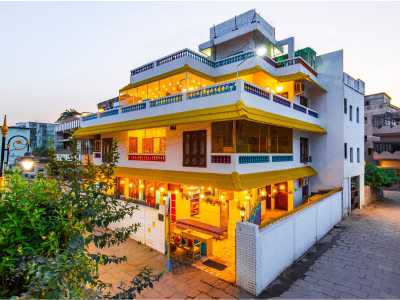
Ideal for backpackers and solo travelers.
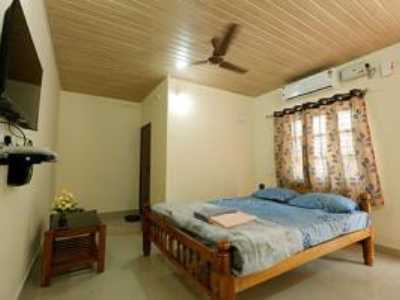
A great way to experience local hospitality and culture.

Perfect for nature lovers who want a sustainable travel experience.
7. Must-Know India Travel Tips for First-Timers
-
Be Prepared for Culture Shock:
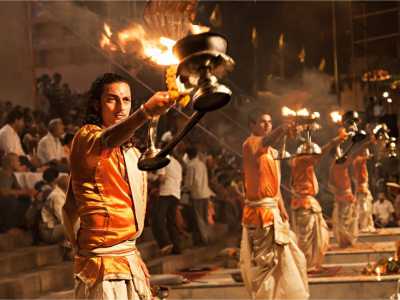
India’s vibrancy, noise, and traffic can be overwhelming initially, but it’s all part of the charm.

Get an Indian SIM (Airtel, Jio) for seamless connectivity and cheap data plans.

Enjoy regional delicacies but ease into spicy food gradually. South Indian food tends to be less oily compared to North Indian dishes.
-
Respect Religious Sites:

Remove shoes, cover shoulders, and avoid taking intrusive photographs.

Be cautious of overly friendly strangers offering unsolicited help or deals that seem too good to be true.

Tipping is common in India—rounding up bills in restaurants or giving a small tip to drivers and hotel staff is appreciated.
-
Traveling as a Solo Female Traveler:
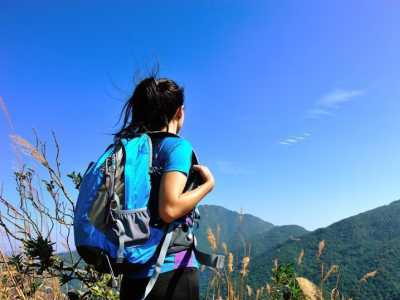
While India is generally safe, women travelers should dress modestly, avoid walking alone at night, and use women-only transport options when available.

Let friends or family know your itinerary and check in regularly.
8. Hidden Gems to Explore in India
While popular destinations attract most tourists, consider these lesser-known gems:
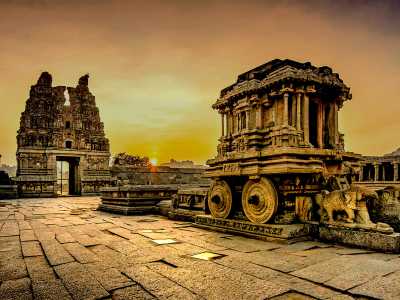
A UNESCO World Heritage Site with mesmerizing ruins.

A remote Himalayan desert for adventure lovers.
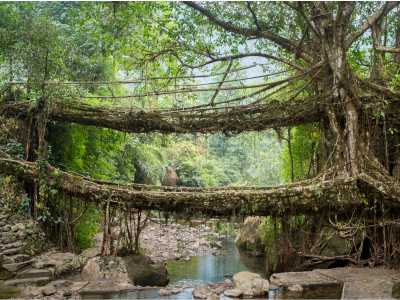
Known for its living root bridges and scenic beauty.

Famous for intricate temple carvings and architecture.
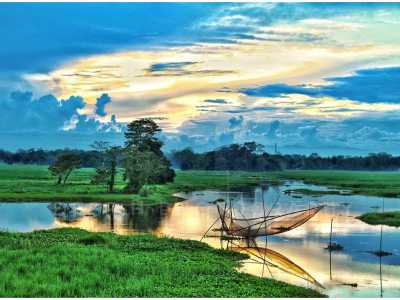
A river island in Assam with unique culture and monasteries.
Conclusion
Visiting India for the first time is a transformative experience, offering a mix of adventure, culture, and historical wonders. By following these travel tips and tricks, you can ensure a smooth and unforgettable journey. Whether you opt for India tour packages or travel independently, being well-prepared will make all the difference. So, pack your bags and get ready to explore the incredible land of India!

